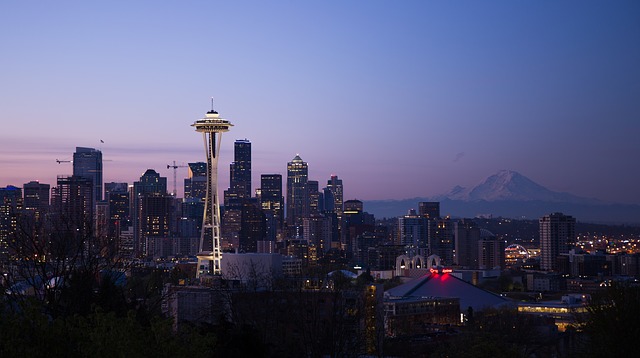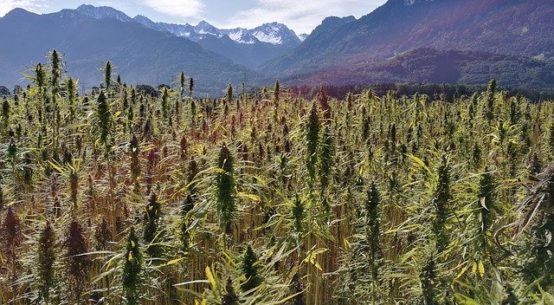
A group of Washington State lawmakers have put forth a bill which, while being well intentioned, could result in greater harm to the group of cannabis consumers they’re expressing concern over protecting.
It would also drastically reduce the quality and selection of products available to cannabis consumers, and send Washington consumers south to Oregon to acquire what they want, or worse, to the untested illicit marketplace.
This all comes from lawmakers who fear that there exists a link between cannabis and psychosis, and that the answer to that potential issue is to lower the potency in the vast majority of cannabis concentrates.
A recent piece by Leafly breaks down how this came to pass. House Bill 2546 has 22 representatives signing on, including 15 Democrats and seven Republicans. In brief, all who would like to see the potency of concentrates and vape cartridges reduced to a negligible and semi-worthless 10 percent THC.
That’s right: 10 percent, AKA an amount no consumer has ever sought out in their concentrates.
Currently, concentrates account for approximately 40 percent of all cannabis product sales in Washington state, with potency ranging from about 40 percent to over 90 percent THC. The active ingredients in cannabis are captured and concentrated, as it’s extremely rare to see any cannabis in its raw form—flower—higher than 30 percent THC.
The legislation makes its case for a drastic reduction in potency based on the following, taken from the bill:
(There would be an exception granted for those with a medical MJ card.)
But why 10 percent THC? Is this a magic number that won’t cause psychosis? Because it certainly won’t get anyone high. Leafly spoke with Leo Beletsky, a Northwestern University professor of law and public health:
The bill’s 10% cutoff comes from a study that defined “high-potency” cannabis as products containing more than 10% THC. The study found that regular consumers of high-THC products had higher instances of psychosis. But as Beletsky pointed out, the 10% threshold appears to be arbitrary, borrowed by lawmakers not because of its scientific grounding but simply because it was there.“They cite this study where they used a 10% number for a cutoff for what they define to be high-potency,” he said. “I’m not sure that is a number that makes sense.”
…“Beletsky called the proposed 10% THC cutoff ”puzzling” and ”arbitrarily low.” Recent studies have indicated a link between cannabis use and psychosis in a very small percentage of consumers, he acknowledged, but the science is far from settled. Some evidence, for example, suggests that patients with psychosis may actually be self-medicating with THC to better cope with symptoms. “I think there is a reason for concern,” Beletsky said, “but we need far more information and far more high-quality research to try to guide these legal steps.”
The bill adds that “prior to Washington and other states legalizing marijuana sales, many of these high-potency products did not exist or were not widely available.”
And while it’s true that there wasn’t a plethora of fun flavored vape carts prior to legalization, the illicit marketplace certainly had a variety of concentrates, including hash and kief, not to mention BHO (butane hash oil). Remember homemade BHO? When made by amateurs, it led to numerous explosions and fires which wounded or killed dozens of people.
More recently, the outbreak of EVALI (e-cigarette, or vaping, product use–associated lung injury) sickened thousands and killed nearly 60 people.
The CDC determined that the vast majority of those impacted were using unregulated THC vape carts from the illicit market, often cut with thickening/thinning agents such as Vitamin E acetate. Reducing potency in vape carts to 10 percent THC will send those consumers to seek out stronger carts, be they legal or illicit.
Those who produce vape carts in Washington point out that passage of the bill would result in a drastic reformulation of products offered. From Leafly:
Daniel Luebke, director of marketing and brand for Seattle-based cannabis extractor Heylo, said that to comply with the new rule, concentrate producers would need to blend THC extracts either with other cannabinoids, such as CBD, or add cutting agents to dilute the concentration.
“We’re trying to preserve the chemistry that’s in the flower and just make a concentration of it,” Luebke said. “To cater to the [new 10% THC] legal demand, we would have to be making an inferior product, essentially, and going away from the method we’ve developed, that our customers love.

